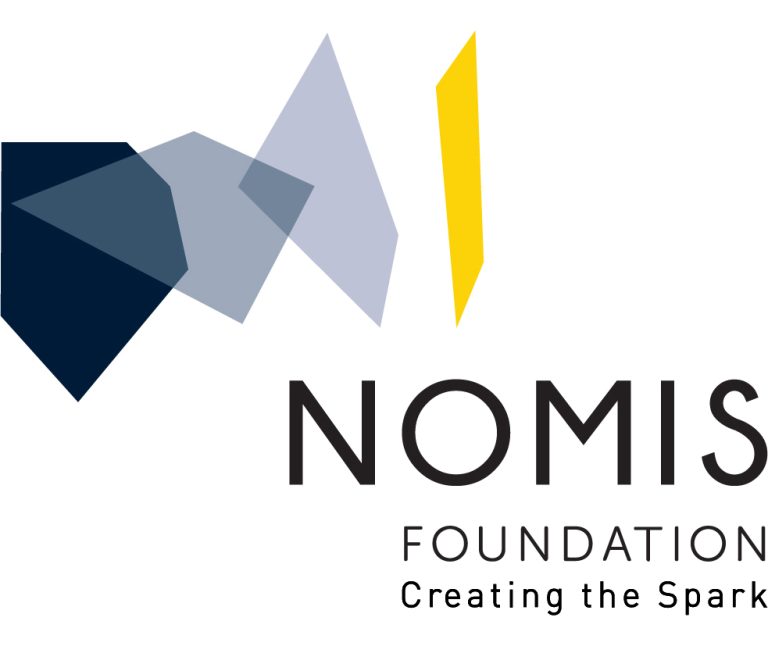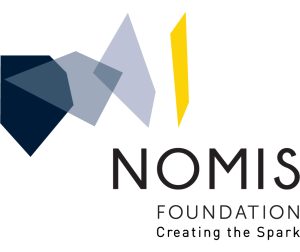The metabolic landscape of cancer greatly influences antitumor immunity, yet it remains unclear how organ-specific metabolites in the tumor microenvironment influence immunosurveillance. We found that accumulation of primary conjugated and secondary bile acids (BAs) are metabolic features of human hepatocellular carcinoma and experimental liver cancer models. Inhibiting conjugated BA synthesis in hepatocytes through deletion of the BA-conjugating enzyme bile acid–CoA:amino acid N-acyltransferase (BAAT) enhanced tumor-specific T cell responses, reduced tumor growth, and sensitized tumors to anti–programmed cell death protein 1 (anti–PD-1) immunotherapy. Furthermore, different BAs regulated CD8+ T cells differently; primary BAs induced oxidative stress, whereas the secondary BA lithocholic acid inhibited T cell function through endoplasmic reticulum stress, which was countered by ursodeoxycholic acid. We demonstrate that modifying BA synthesis or dietary intake of ursodeoxycholic acid could improve tumor immunotherapy in liver cancer model systems.





